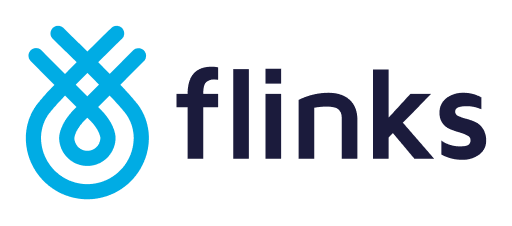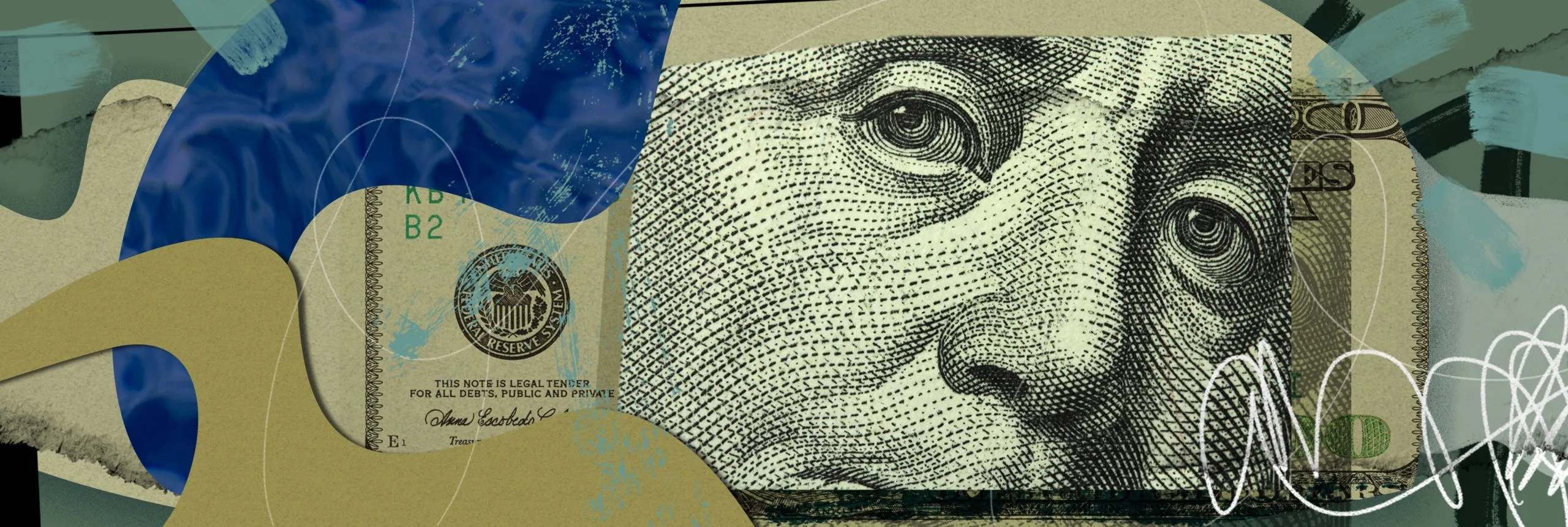This is a time of great uncertainty for our economies.
The US has lost a total of 10 million jobs since February 2020 (more than during the Great Recession), according to the New York Times’ podcast, The Daily. With such financial distress, coupled with consumers’ need for emergency savings, comes a concerning uptick in loan defaults and credit risk. In April 2020, some 12% of US consumer loans made by online lenders were already “impaired”.
During this time, however, it is imperative that consumers have access to credit. In Canada, for example, banks have lowered policy rates to .25% and supported flow of liquidity to households and businesses in an effort to keep the economy afloat. The K-shaped recovery post-COVID also pointed to a widening gap in credit risks across regions and industries. Evaluating first time borrowers whose credit scores haven’t caught up worries direct personal lenders.
Lenders are in a challenging position. How can they prevent and avoid loan delinquency, especially when it comes to rising first-time defaulters? What can they do to better mitigate loan default risks?
Soaring loan defaults and credit risk put pressure on direct lenders
“It is alarming, and we’re going to see more of it, and across every consumer loan class,” William Ryan told Forbes of the 12% loan impairments. “In my 30 years of doing this, I’ve never seen payments impairments spike so quickly.” Even borrowers with FICO credit scores above 740 have tripled impairment rates to 7.5%, while those with below-average credit scores reached an outstanding 20%.
Likewise, Canadian direct lenders are experiencing triple the number of loan defaults this year, despite mortgage payment deferral options. “We expect higher levels of defaults in the loan book in 2020 than we have historically experienced”, Andrew Moor told the Financial Post. The company had $81 million in postponed mortgage payments from 17.9% of its customers as of April 30, 2020.
Furthermore, the Bank of Canada’s 2020 financial system review acknowledged the increased funding pressures on banks for access to credit during the pandemic, as well as greater risk of exposures on credit lines and loan payment deferrals.
Yet, access to credit is essential for economic recovery and managing personal financial stress.
In fact, consumer spending in the US has grown 7.2% during the pandemic (and is higher than pre-pandemic spending) according to the New York Times’ podcast, The Daily. Consumers with access to credit are purchasing cars, for example, to avoid public transportation. They’re also buying homes, especially outside of major city centers—boosting home prices up ~6% in the US.
How direct lenders can mitigate default risk, especially for first-time loan defaults
Loan defaults affect the bottom line for lending organizations. It is crucial that lenders can accurately predict a borrower’s risk level—especially those with limited or no credit histories—and determine their ability to repay loans.
Gathering documents from various banks and asking borrowers for bank statements is not an effective way to conduct credit risk and cash flow analysis—or protect the organization from risk, default, or fraud.
Let’s look at the top 3 business challenges that the direct lending industry is facing right now, and some practical, data-driven solutions for overcoming those obstacles.
Three major challenges of credit risk management and how to solve them
Challenge #1: Accurately determine the probability of default (POD)
Lenders need a more efficient and effective way to accurately determine a borrower’s POD and the likelihood of repaying loans, so that lenders can calculate credit risk and estimate the expected loan losses. This requires a holistic understanding of a borrower’s debt-to-income ratio and credit score.
Gathering various sources of income, debt, and personal financial information also needs to be conducted in a streamlined and timely manner for better underwriting.
Solution: Get smarter on income verification
To address the disinformation and confusion around access security, explain what digital security measures are in place for their account protection. Simply put, lots of digital finance businesses use bank-level encryption or advanced encryption standards to make sure that no one can have direct access to a customer’s bank account.
Lenders can therefore get a comprehensive view of a borrower’s financial situation the moment they connect their accounts, saving time and resources for your underwriting teams.
Challenge #2: Revamp credit risk analysis
Gathering documents and bank statements is the first step among many. Afterwards, lenders need to make sense of a pile of data to identify strengths and weaknesses in a borrower’s financial profile. Reviewing documents and looking for discrepancies is top-of-mind for underwriters.
Digital lending must happen at scale, and lenders need sustainable technology to support the digital transformation of credit risk management. Segmenting customers, identifying POD and potential first-time defaulters, as well as flagging recurrent defaulters need to be reimagined, as doing all these processes manually is not efficient or scalable, also has too much room for error in an already risky time.
Solution: Conduct full-fledged digitized risk analysis
Flinks provides lenders with advanced risk profiling and modeling to reduce defaults and improve lenders’ ability to underwrite more subprime customers with confidence. Our Attributes enable lenders to have one-of-a-kind credit risk analysis that tracks the end-to-end borrower’s journey and helps lenders improve their credit risk management with a better understanding of consumer behavior.
Challenge #3: Establish an efficient fraud detection framework
Asking for a borrower’s last several months of bank account statements is not only time-consuming and tedious, but it's also fraught with risk. Even digital bank statements can be tampered. In fact, fake debit and credit transactions along with loan stacking are a common source of fraud for credit unions. Lenders need data that they can trust in order to properly assess default risk. They need to see account history, spot unusual activities, and flag empty shell accounts.
Solution: Reduce exposure to fraud through enriched data
When it comes to fraud detection, Flinks not only allows for instant validation of bank account ownership to help lenders avoid falsified documents and eliminate frauds, but also offers further real-time insights for lenders to efficiently disqualify bad actors and/or non-eligible applicants before it's too late.
Reduce loan default risks, enhance processes, and exceed customer expectations
Flinks is committed to be the trusted partner for lenders across North America. Our tools help reduce loan default risks, and increase the efficiency of your underwriting and adjudication processes. But lenders must go further beyond tools and processes.
Consumer expectations have changed after COVID-19 — more than ever, they want digital-first experiences supported by user-friendly technology. Lenders need to be more proactive and nimbler to anticipate customer expectations and meet their needs. Enhancing your digital lending experience is at breaking point to retain borrowers and increase customer loyalty.
Digitize your lending journey with Flinks. Request a demo.




